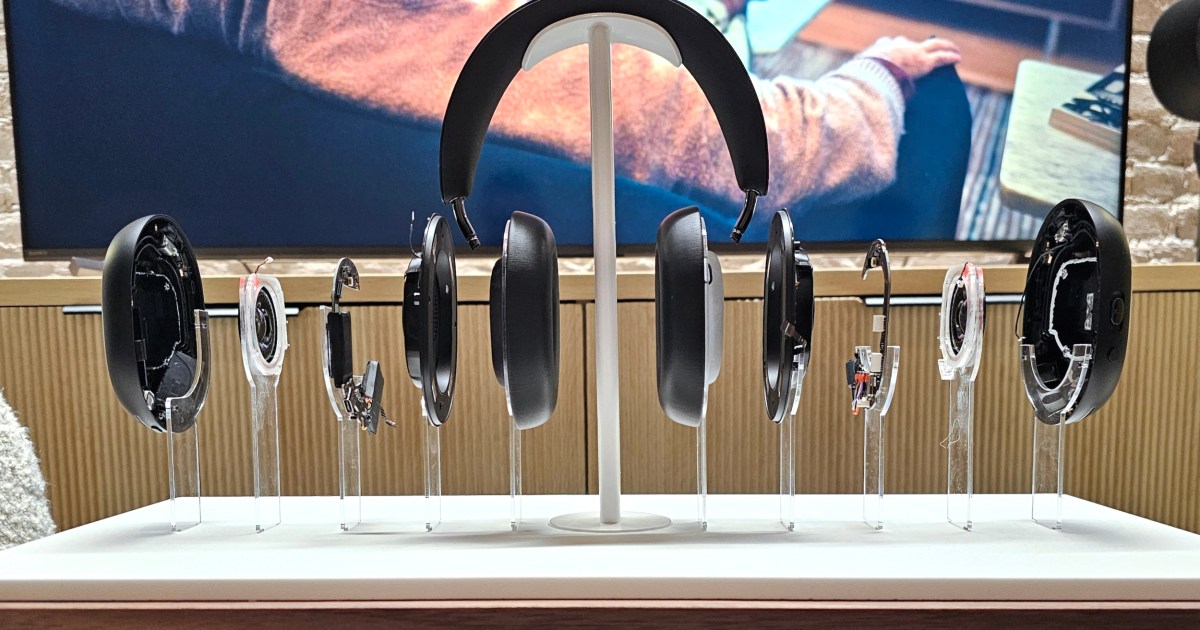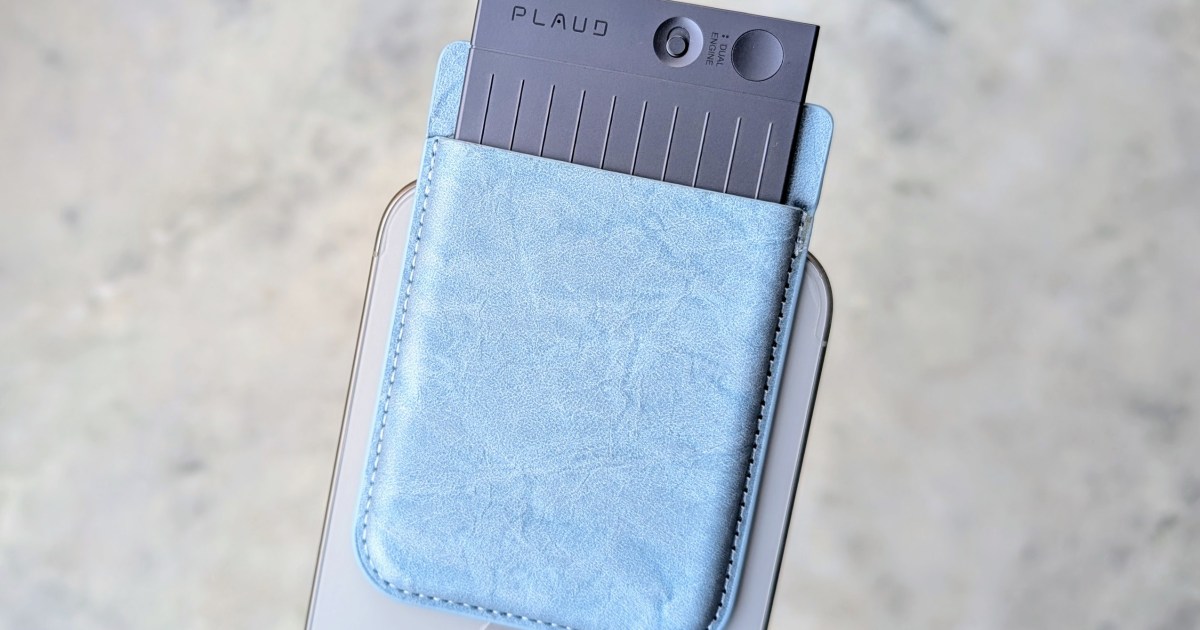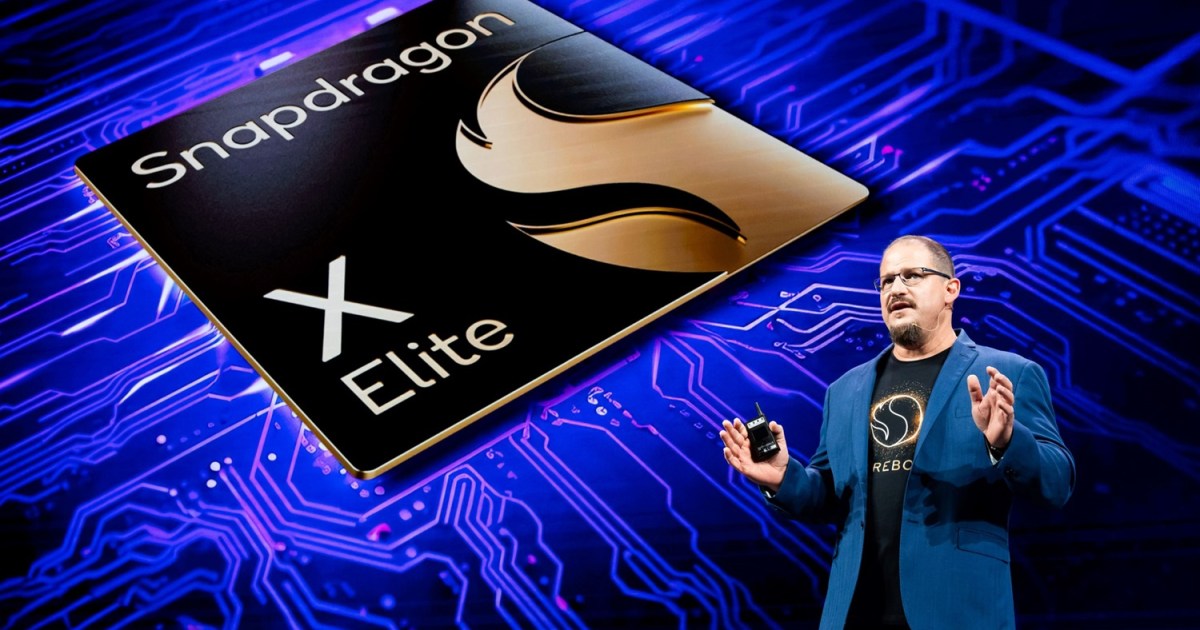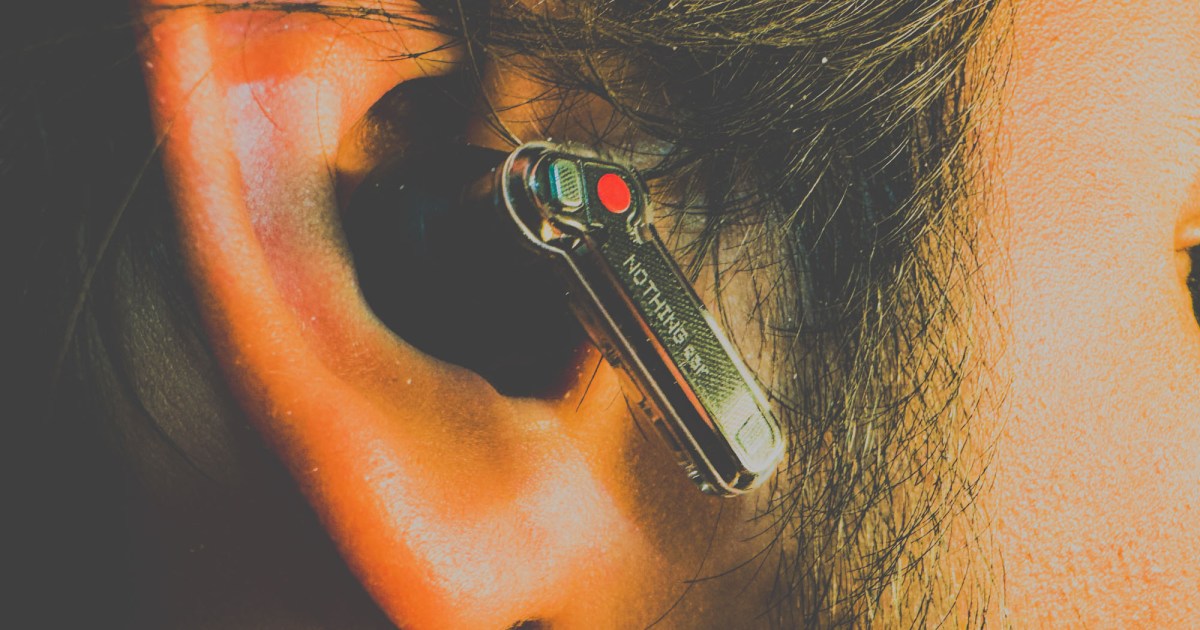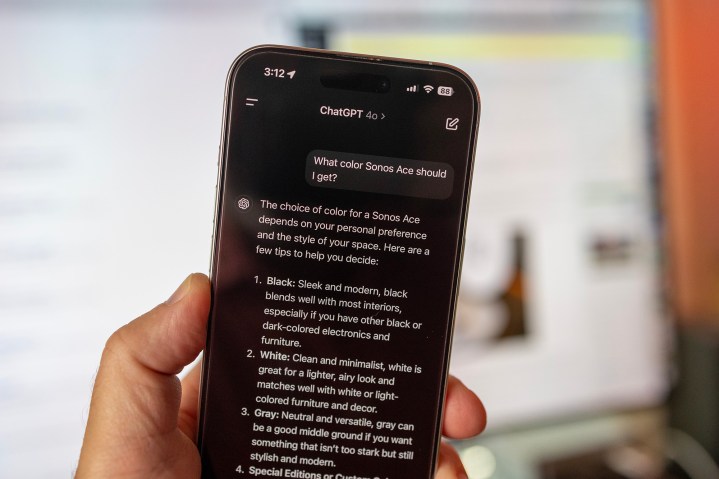 alt
alt
The rise of AI chatbots has sparked curiosity about their capabilities, even in mundane tasks like choosing headphone colors. This article explores a playful experiment with ChatGPT, focusing on its recommendations for the Sonos Ace headphones.
Exploring ChatGPT’s Color Recommendations
ChatGPT 4, known for its advanced intelligence, was put to the test. The question posed was straightforward: “What color Sonos Ace should I get?” Interestingly, the initial responses revealed a disconnect between the chatbot’s understanding and the product’s reality.
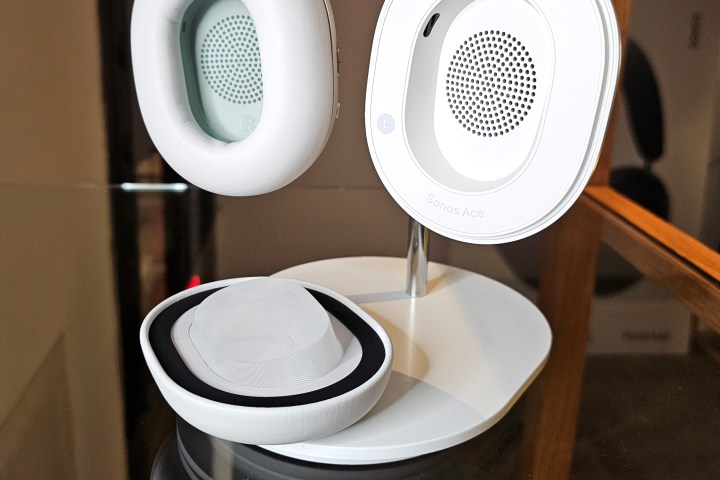 alt
alt
ChatGPT’s responses focused on how the color would complement a room’s “space” – a clear indication it mistook the headphones for speakers. It provided color recommendations (black, white, and even a non-existent gray option) based on interior design principles rather than personal style, highlighting the limitations of its product knowledge.
Delving into the Details: Black, White, and the Mysterious Gray
The chatbot’s justifications for each color were entertainingly misplaced. Black was deemed “sleek and modern,” fitting well with dark electronics and furniture. White, it suggested, offered a “clean and minimalist” aesthetic, complementing light-colored decor. It even praised the imaginary gray option for its neutral versatility, despite Sonos not offering this color.
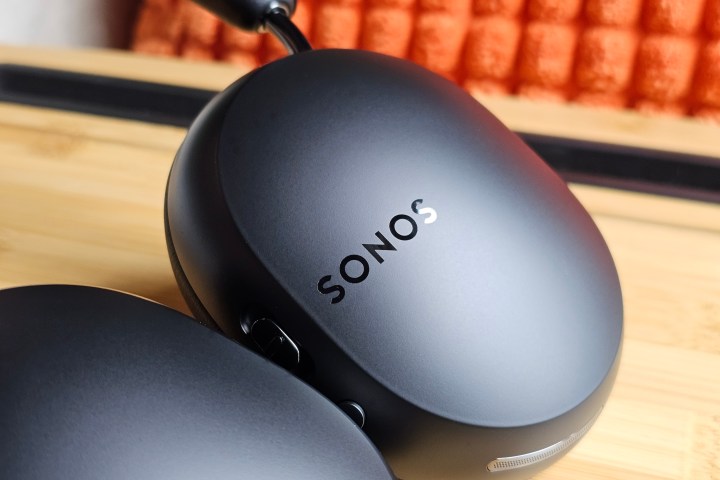 alt
alt
Further confusing matters, ChatGPT mentioned “special editions or custom colors,” a feature not currently available for the Sonos Ace. This reinforced the idea that the chatbot was generating responses based on general assumptions rather than specific product knowledge.
Refining the Query and the Results
Rephrasing the question to explicitly mention “headphones” – “What color Sonos Ace headphones should I get?” – improved the chatbot’s responses. This time, it offered a pros-and-cons list for black and white, acknowledging practicality (black hides dirt) and aesthetics (white shows stains). However, it still persisted in recommending the non-existent gray variant.
Conclusion: A Humorous Look at AI’s Limitations
This experiment, driven by curiosity rather than criticism, underscores that even advanced AI models can struggle with nuanced product details. While entertaining, it emphasizes the importance of verifying AI-generated information. In this case, human knowledge and product familiarity proved superior.



